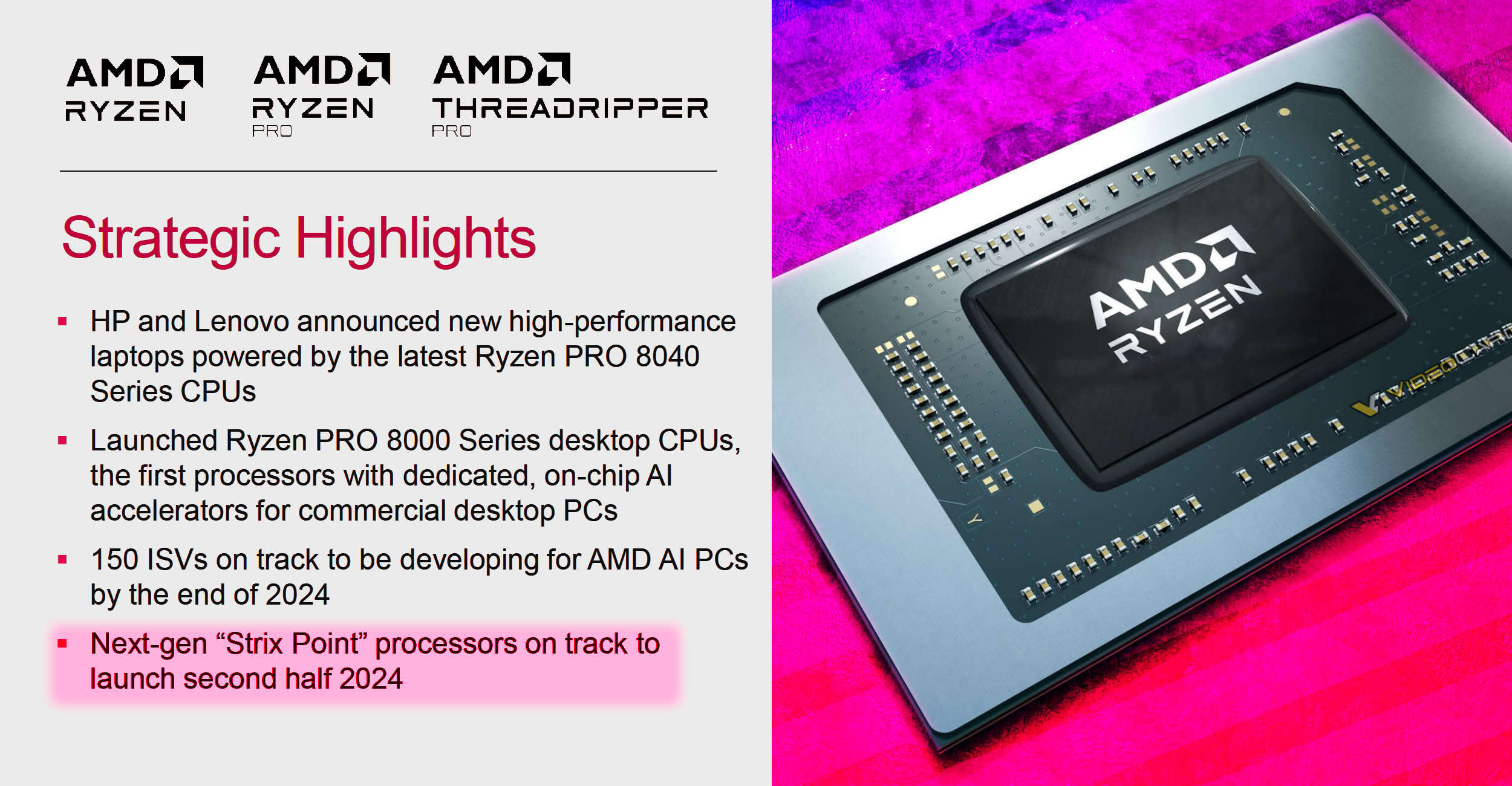Caporegime
- Joined
- 9 Nov 2009
- Posts
- 25,806
- Location
- Planet Earth
RDNA2 was fine.so how come AMD can make efficient cpu's but not efficient gpus. Radeon(AMD) division haven't hired intels cpu dept by any chance have they
Please remember that any mention of competitors, hinting at competitors or offering to provide details of competitors will result in an account suspension. The full rules can be found under the 'Terms and Rules' link in the bottom right corner of your screen. Just don't mention competitors in any way, shape or form and you'll be OK.
RDNA2 was fine.so how come AMD can make efficient cpu's but not efficient gpus. Radeon(AMD) division haven't hired intels cpu dept by any chance have they
because cpu and gpu are different things.so how come AMD can make efficient cpu's but not efficient gpus. Radeon(AMD) division haven't hired intels cpu dept by any chance have they
architecture makes a bigger difference. nvidia didnt have a process node advantage over amd in the past and were still able to be more efficient5nm vs 4nm,
This is sad I thought they were doing OK to .
Its the same every time we are close to a new release isn't it?
I think others have covered this, but console SOCs really would not work with DIMMs at all. So unless those LPDDR5X module become a thing, any such SOC has to be a soldered motherboard. Not that LPDDR5X is fast enough really compared to GDDR. It has far better latency but not bandwidth and consoles generally go for bandwidth.What's stopping them putting said Apu,into an ATX motherboard with a X64 socket? Their other APUs don't require a custom mobo to my knowledge. Sure the board might need better power delivery but how hard can it be? I'm not an expert at all btw,so don't have a pop at me please.
Volumes and R&D budget make a huge different. While we have to back to 28nm, Hawaii beat GK110 pretty well: it was compute monster and was only 440mm² vs GK110's 560mm².architecture makes a bigger difference. nvidia didnt have a process node advantage over amd in the past and were still able to be more efficient
wait till 4 angstrom is out.If there was no difference between them, like some are trying to make out then AMD wouldn't be moving off 5nm to 4nm for Zen 5.
Its more efficient, and by quite a chunk.
As Jen Psaki would say.... "I'll circle back to that"I think others have covered this, but console SOCs really would not work with DIMMs at all. So unless those LPDDR5X module become a thing, any such SOC has to be a soldered motherboard. Not that LPDDR5X is fast enough really compared to GDDR. It has far better latency but not bandwidth and consoles generally go for bandwidth.
Also, the console SOCs really are semi or more custom - didn't the PS5 drop something which would be crazy for a mainstream CPU? Certainly on a console where developers have to use the console vendors compilers and tools, dropping x87 or even SSE is totally possible.
Volumes and R&D budget make a huge different. While we have to back to 28nm, Hawaii beat GK110 pretty well: it was compute monster and was only 440mm² vs GK110's 560mm².
After that? Well Nvidia were already raking it in on the server and workstation market and Maxwells was the start of splitting the two while AMD with Fury and Vega etc tried to serve both markets.
The last few gens, a lot of efficiency is/was how much die gets thrown at cache, and which node (but cheaping out with Samsung worked quite well for Nvidia with the GPU shortage - however if AMD hadn't using such a huge % of their TSMC 7nm allotment for console and didn't also have far more profitable Zen3 on TSCM 7nm... Well if they had gone for a volume push then RDNA2 vs Ampere could have gone quite differently. This gen Nvidia played it save and paid up the TSMC premium.

RDNA 3 would have looked fine also if Nvidia had chosen to go with an inferior Samsung node again.RDNA2 was fine.
Happy ending?Its been rock solid, spent the first couple of weeks finding its OC and undervolt limits, all that ever happened was the driver reset itself, it never crashed out of the desktop or failed to recover, all i ever got was a "performance settings reset, stop being a ~~~~" massage.

Yes..
 .... Jokes aside, I really should tweak my 7900XT at some point, Seen it hit a reported 500+W occasionally (think it's usually more in the 350-370 range).
.... Jokes aside, I really should tweak my 7900XT at some point, Seen it hit a reported 500+W occasionally (think it's usually more in the 350-370 range).RDNA 3 would have looked fine also if Nvidia had chosen to go with an inferior Samsung node again.
.... Jokes aside, I really should tweak my 7900XT at some point, Seen it hit a reported 500+W occasionally (think it's usually more in the 350-370 range).
Is it just a case of setting a static offset like in the good ol' days, or is it a curve based thing like Ampere was?
Laaate reply, but high end APU would choke on DDR4, not enough bandwith (they said)It always puzzled me how AMD can make an APU like the series X but can't or won't put that into an APU on desktop. They would sell like hotcakes. Even if it's a loss leader just do it.
They are making one for laptops with a 40CU IGP called Strix Halo:It always puzzled me how AMD can make an APU like the series X but can't or won't put that into an APU on desktop. They would sell like hotcakes. Even if it's a loss leader just do it.


